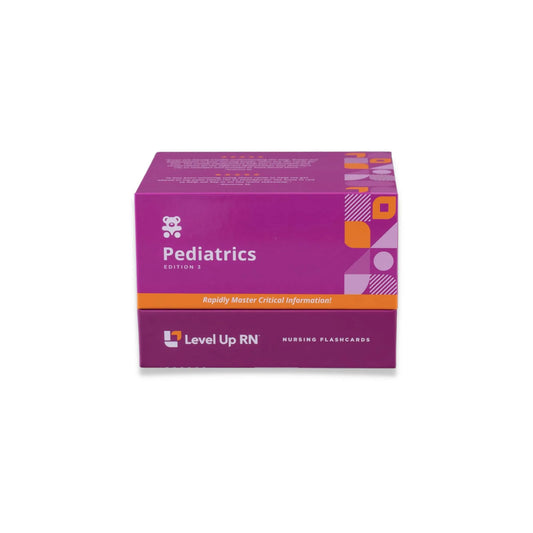Hi, I'm Cathy with Level Up RN. In this video, I am going to wrap up my coverage of renal system disorders from our pediatric nursing flashcards. Specifically, I'll be talking about hypospadias and epispadias. And at the end of the video, I'm going to give you guys a little quiz to test your knowledge of some of the key points I'll be covering, so definitely stay tuned for that.
Hypospadias and epispadias are congenital defects that result in the abnormal placement of the urethral meatus. So hypospadias primarily affects males. With this disorder, the urethral opening is on the ventral surface or underside of the penis. So hypo means below or under, so with this disorder, the urethral opening is on the underside of the penis. Epispadias can occur in males and females, but it is much more common in males. So with this disorder, the urethral opening is on the dorsal surface or on top of the penis. So epi means upon or on, so with this disorder, the urethral opening is on top of the penis. In addition to the urethral opening being on top of the penis, a short, wide penis and abnormal curvature is typically present.
Treatment is based on severity. So, for example, if the urethral opening is near the tip of the penis, then surgery may not be necessary. However, for more severe defects, surgical reconstruction is usually indicated. So if a baby is going to require surgical reconstruction, it is super important that the baby not be circumcised because the foreskin may be needed for surgical repair of the defect. During reconstructive surgery, a catheter is placed, which is typically allowed to drain straight into the diaper. As the nurse caring for a baby after surgery, you'll be administering analgesics for pain as well as anticholinergic agents such as oxybutynin to help decrease bladder spasms and then antibiotics to prevent infection.
All right. It's quiz time, and I've got three questions for you.
Question number 1. With hypospadias, the urethral opening is located on the blank surface of the penis.
The answer is the ventral surface or underside of the penis.
Question number 2. Why should families delay circumcision for a baby with hypospadias?
The answer is, the foreskin may be needed for surgical reconstruction.
Question number 3. What medication class is used to decrease bladder spasms after surgical repair of hypospadias or epispadias?
The answer is anticholinergic agents such as oxybutynin.
All right. That is it for this video. I hope it was helpful. Take care and good luck with studying.
[BLOOPERS]
So with this disorder, the urethra re-- urefrugerugu.


